Nestled in northern Italy, Piacenza remains one of those hidden gems that most travelers zoom past on their way to Milan or Bologna. I discovered this border town last summer and was amazed by how much art and history are packed into its quiet streets. Piacenza’s Renaissance splendor and incredible monuments offer art lovers a treasure trove without the crowds found in Italy’s more famous destinations.
Walking through Piazza dei Cavalli, with its impressive equestrian statues and the adjacent Gothic Palace, I felt like I had stumbled upon a secret that Italians have been keeping to themselves. The city hums with local energy rather than tourist chatter.
Brick facades hide incredible artworks from the Renaissance and Modern Age, rewarding curious visitors who take the time to look deeper.
For tired travelers (like I was after hiking in the nearby hills), Piacenza provides both cultural riches and peaceful respite. The Church of San Francesco, with its stunning architecture, sits just minutes away from cozy cafés where you can rest and watch everyday Italian life unfold. What makes this border town special isn’t just its art—it’s how these treasures exist within a living, breathing city rather than a tourist showcase.
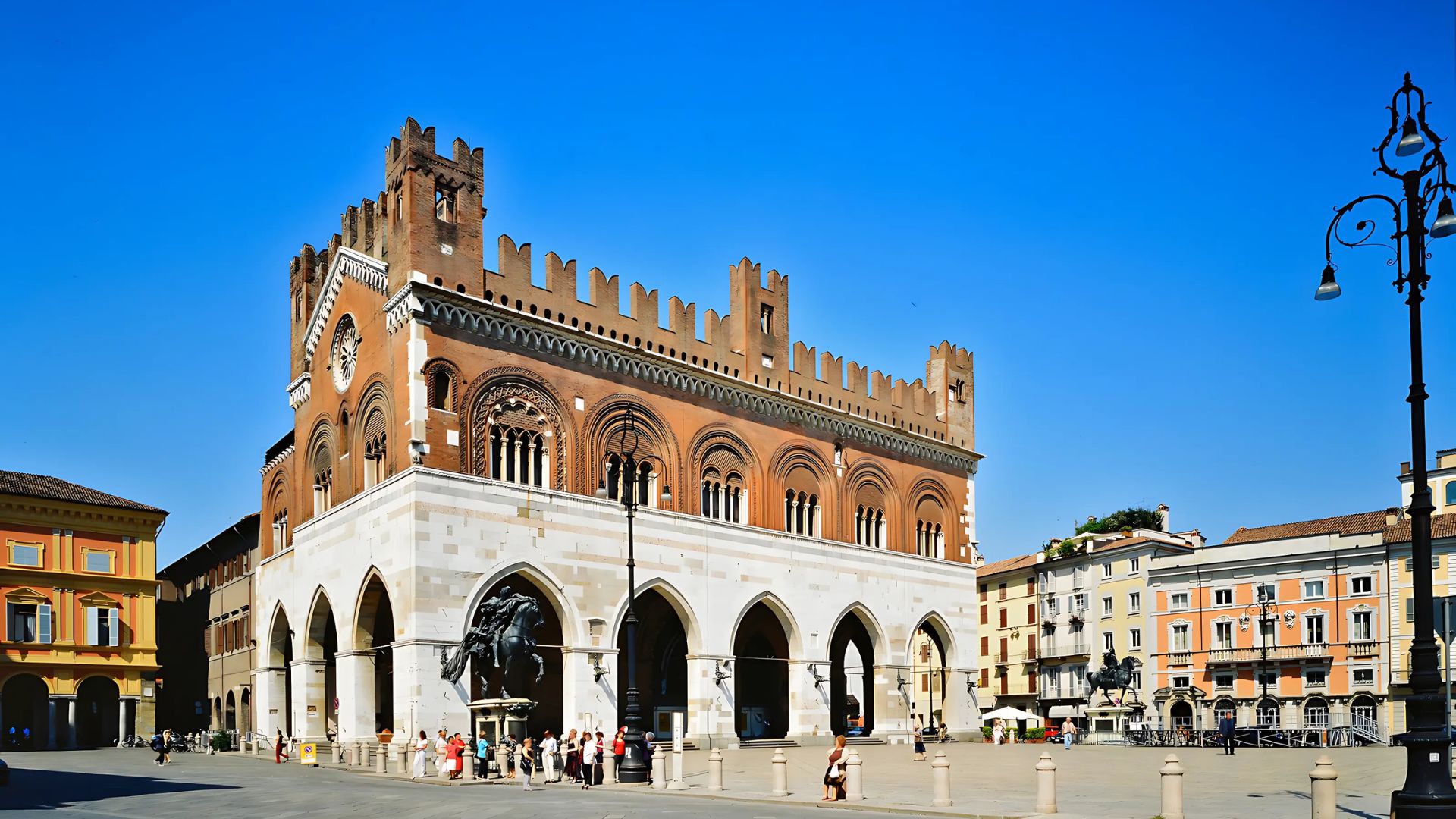
The Rich History of Piacenza
Piacenza’s story spans centuries as a strategic northern Italian city, shaped by powerful rulers and flourishing during the Renaissance. Its brick architecture hides remarkable treasures that tell tales of wealth, conflict, and artistic achievement.
Piacenza in the Renaissance
Walking through Piacenza today, I can still feel echoes of its Renaissance splendor. The city truly bloomed during this period, becoming a center of wealth thanks to its fertile agricultural lands. Noble families constructed magnificent palaces that still grace the cityscape.
The Renaissance transformed Piacenza from a medieval town into an artistic hub. Local artists and architects, influenced by trends from Florence and Milan, created stunning works still visible in churches and civic buildings.
What fascinates me most is how the city balanced commercial success with cultural achievement. Wealthy merchants invested in beautiful architecture and commissioned artworks, making Piacenza a discreet yet remarkable Renaissance gem.

Notable Historical Figures
The Visconti family stands out in Piacenza’s history, ruling with both iron fists and artistic vision. Their governance left lasting marks on the city’s architecture and political structure.
I’m always drawn to stories of Francesco Petrarch, the famed poet who had connections to the region. His influence spread throughout northern Italy, touching Piacenza’s intellectual life.
The Della Scala family also played a significant role during medieval times, affecting the city’s development before Renaissance transformations took hold.
Local nobles and religious leaders commissioned many works that now form the city’s cultural patrimony. Their names may be less familiar than the Medicis, but their impact on Piacenza was just as profound.
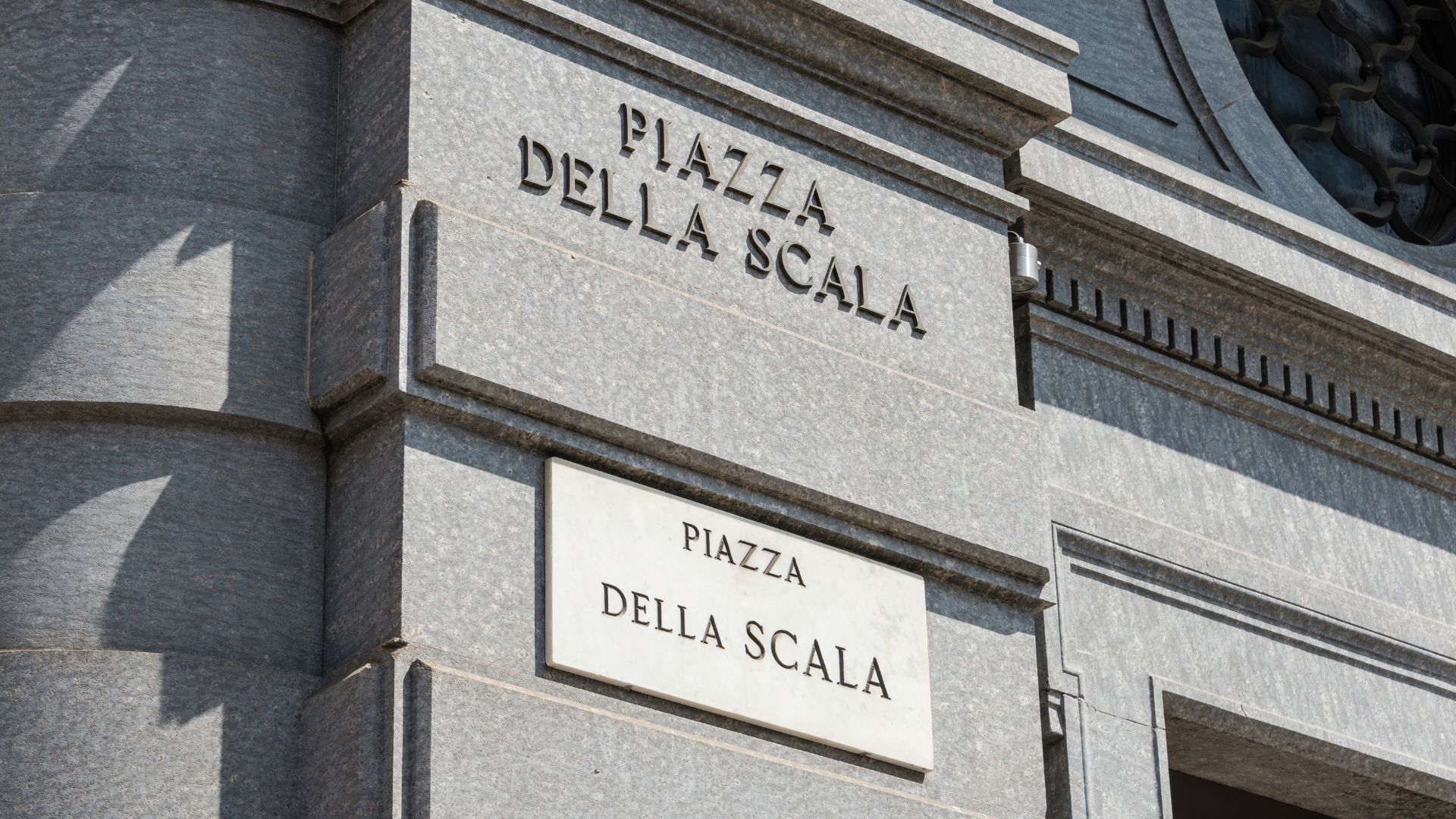
Piacenza and the Formation of Italy
During the Middle Ages, I discovered Piacenza was deeply involved in the wars of the Holy Roman Empire. This turbulent period shaped the city’s defensive architecture that we can still explore today.
The city’s strategic location in northern Italy made it valuable territory during Italy’s long path to unification. Piacenza changed hands multiple times, each ruler leaving distinctive marks on its development.
By the time Italy unified in the 19th century, Piacenza had already established its unique character and artistic heritage. The city contributed both culturally and strategically to the newly formed nation.
What strikes me most is how Piacenza maintained its distinct regional identity throughout these political transformations. The proud local traditions blend with national Italian culture in ways that make exploring the city so rewarding for history lovers.
Artistic Heritage: Gems of Piacenza
Piacenza’s artistic legacy remains one of Italy’s best-kept secrets, with Renaissance masterpieces and architectural wonders hiding behind unassuming brick facades. During my explorations, I discovered this city holds treasures that rival those of more famous Italian destinations.
Unique Local Art and Artists
Walking through Piacenza’s historic center, I was struck by the remarkable Palazzo Farnese, now home to multiple museums, including the Pinacoteca. The collection features works by Botticelli and local Piacenza artists who developed distinct styles influenced by both Lombardy and Emilia traditions.
The cathedral houses Carracci’s dome frescoes that took my breath away with their dramatic Baroque expressiveness. Many visitors overlook these masterpieces, but they showcase remarkable technical skill and emotional depth.
Local artist Gaspare Landi’s neoclassical paintings appear in several churches and palaces throughout the city. His work bridges the gap between Baroque drama and neoclassical restraint in a way that feels uniquely Piacentine.
The 12th-century San Savino church contains incredible mosaic floors that I spent hours examining. These intricate zodiac-themed works represent some of northern Italy’s finest medieval art.
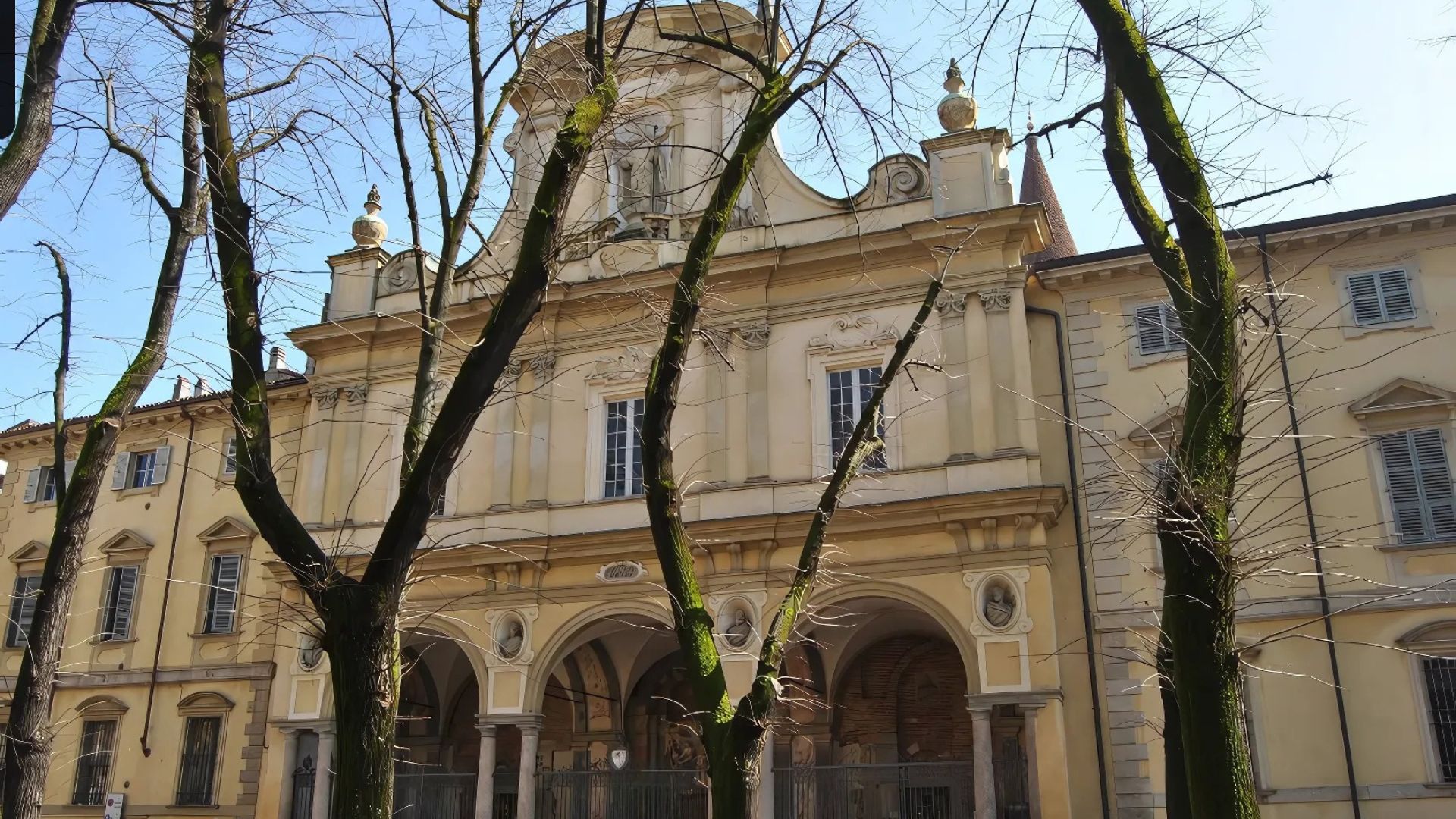
The Influence of Neighboring Art Cities
Piacenza’s position between Milan, Parma, and Bologna created a fascinating artistic crossroads. The city’s painters often incorporated Lombard realism with Emilian color sensibilities.
In the Church of San Sisto, I found Raphael’s “Sistine Madonna” once hung here before being sold to Dresden. Its replacement copy still hints at the artistic exchanges between Piacenza and Rome during the Renaissance.
Key Artistic Influences on Piacenza:
- Milan: Technical precision and sfumato techniques
- Parma: Correggio’s dramatic perspective and lighting
- Bologna: Carracci family’s naturalistic approach
Titian’s influence appears in many local church paintings, though his actual works are now in major museums. The Rococo decorative elements in palaces like Palazzo Landi show clear Venetian inspiration.
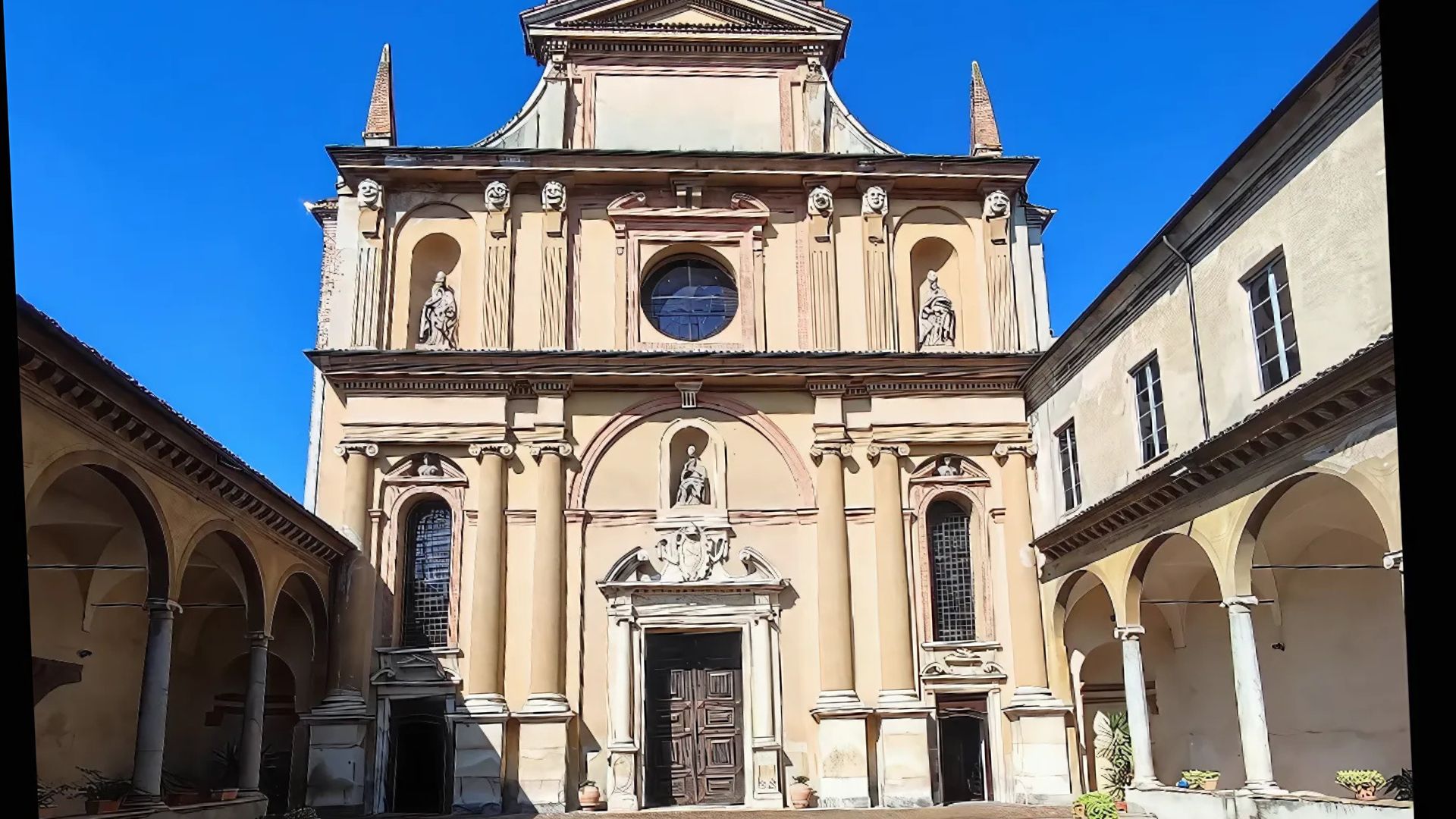
Contemporary Art Movements in Piacenza
The city’s modern art scene thrives in repurposed industrial spaces. XNL Piacenza Contemporanea has become my favorite spot to discover emerging Italian artists displayed alongside international exhibitions.
Street art has transformed once-neglected neighborhoods. The annual “Walls” festival brings artists who create murals reflecting Piacenza’s history and contemporary identity.
Local artisans continue traditions in ceramics and woodworking with contemporary twists. Small galleries near Piazza Cavalli showcase these artists who blend traditional techniques with modern aesthetics.
The Fine Art Academy fosters new talent through innovative programs connecting students with the city’s rich artistic heritage. I’ve attended several student exhibitions that thoughtfully reinterpret Baroque and Rococo themes through contemporary perspectives.
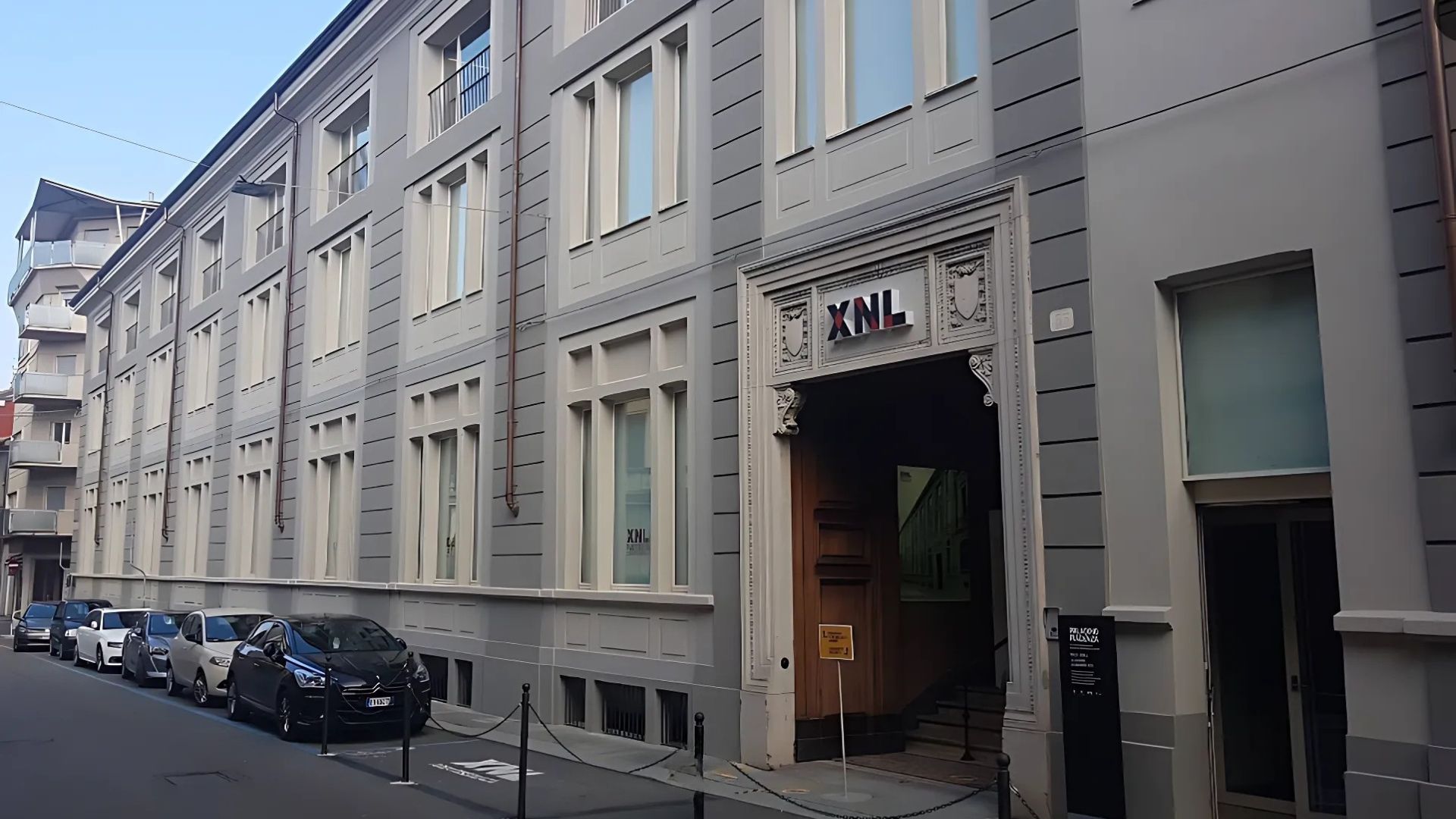
Piacenza’s Timeless Architecture
Walking through Piacenza is like stepping into an open-air museum where Gothic, Renaissance, and Baroque architectural styles blend seamlessly in the cityscape.
Exploring Gothic Architecture
Piacenza’s Gothic architecture captivated me immediately, with the Palazzo Gotico standing as its crowning jewel. Built in 1281, this striking brick building with its distinctive arches and battlements dominates Piazza Cavalli.
The Town Hall’s red brick façade creates a dramatic backdrop for the famous horse sculptures in the square. I was struck by how the pointed arches and large windows represent classic Gothic elements while maintaining a uniquely Italian character.
Piacenza’s churches also showcase magnificent Gothic design. The Cathedral of Santa Maria Assunta blends Romanesque and Gothic elements with its striking stone façade and impressive rose window. Inside, I discovered soaring vaulted ceilings that create an atmosphere of reverence and awe.
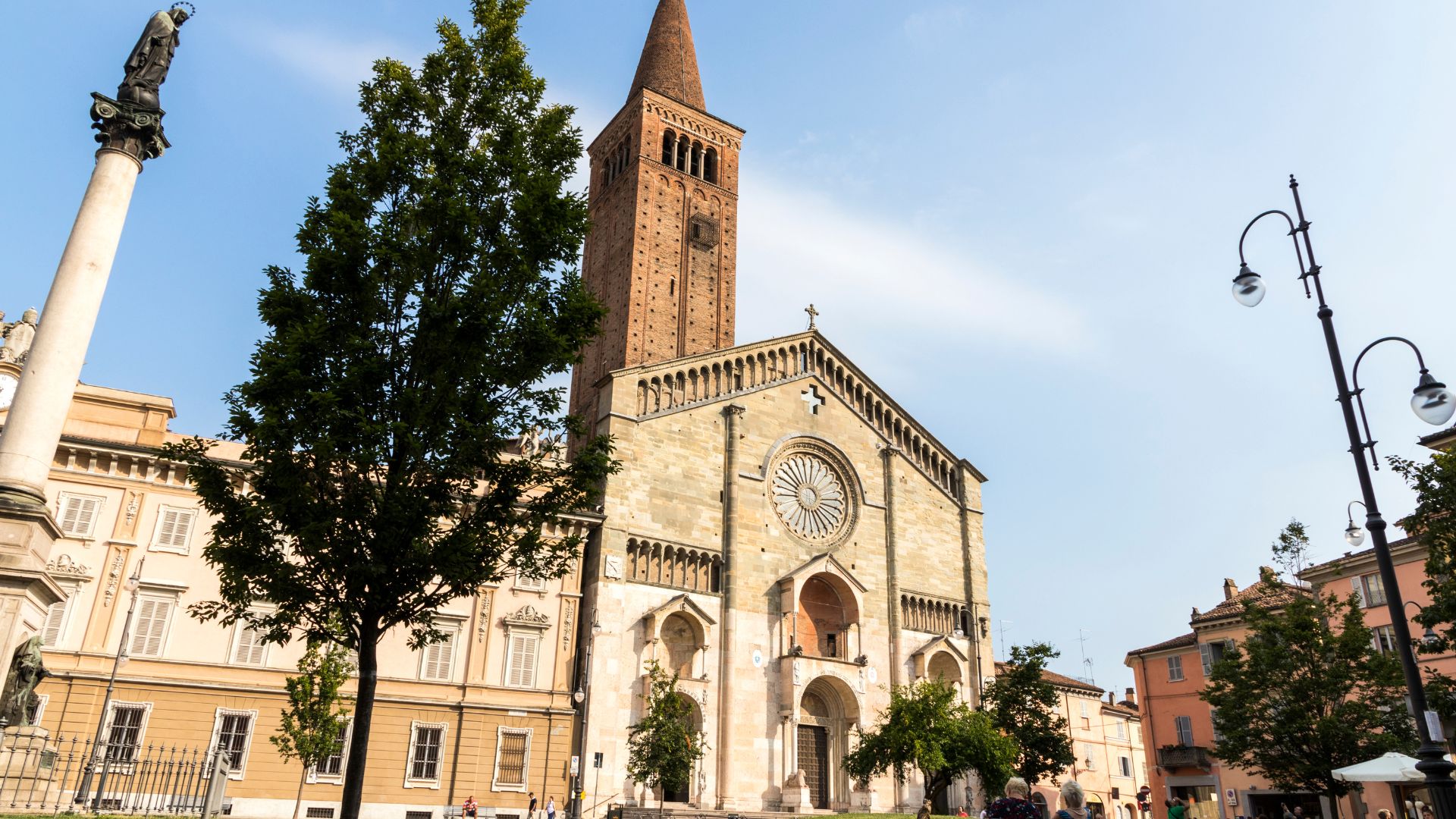
Renaissance and Baroque Buildings
The Renaissance transformed Piacenza with elegant palaces and harmonious proportions. Palazzo Farnese, though unfinished, remains one of the city’s architectural highlights with its classical symmetry and impressive courtyard.
Many noble families built magnificent palaces during this period. I wandered through several with beautiful courtyards and loggias that showcase the Renaissance ideal of balanced, mathematical harmony.
Baroque splendor arrived later, bringing theatrical grandeur to the city. The Church of San Sisto dazzles with its ornate decoration and dynamic spatial design. The interior’s elaborate stuccowork, rich paintings, and dramatic altars left me awestruck.
Palazzo Landi exemplifies the transition between Renaissance restraint and Baroque expression. Its façade maintains classical elements while incorporating more dramatic decorative touches.
Modern Architectural Ventures
While honoring its historic legacy, Piacenza hasn’t remained frozen in time. Modern architectural ventures have respectfully integrated with the ancient cityscape.
The Teatro Municipale, though dating to the 18th century, represents more contemporary neoclassical design with its elegant proportions and refined details. I spent an evening here enjoying both the performance and the building’s acoustic excellence.
Recent restoration projects throughout the city demonstrate thoughtful approaches to historic preservation. Modern elements have been carefully introduced into ancient structures without compromising their integrity.
The revitalized riverfront area blends contemporary urban planning with historic elements. Walking along the Po River, I appreciated how the city has created public spaces that connect modern life with Piacenza’s storied past while maintaining the authentic character that makes this border city such a hidden treasure.
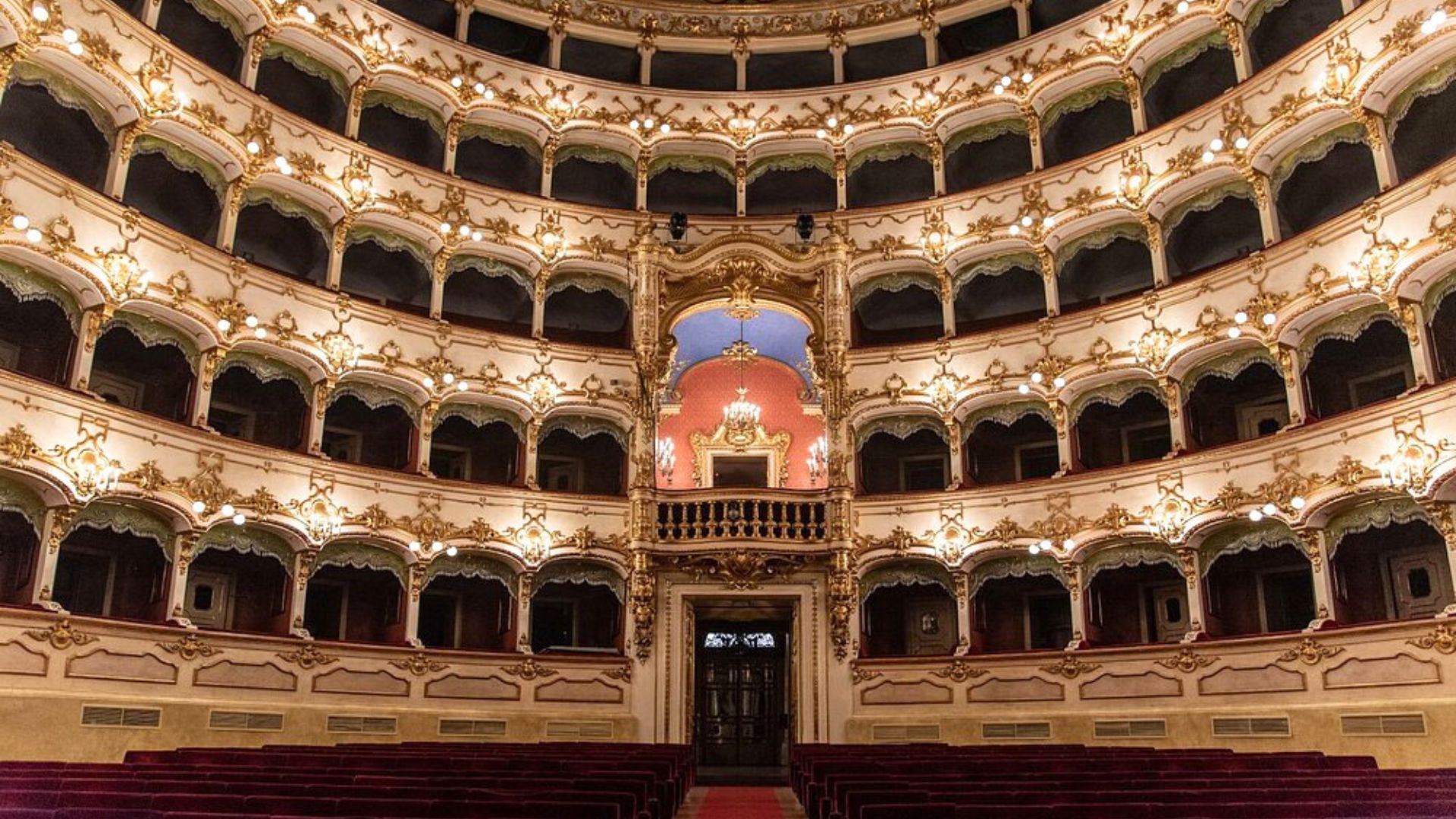
Cultural Tapestry: Music, Crafts, and Traditions
Piacenza’s cultural identity extends far beyond its architecture and cuisine, embracing a rich heritage of artistic expression that has evolved over centuries. The city’s position at the crossroads of northern Italy has created a unique blend of influences visible in its musical traditions, craftsmanship, and festive celebrations.
The Melodious Legacy of Piacenza
Piacenza has a musical tradition that rivals many of Italy’s more celebrated cultural centers. The Teatro Municipale, built in the neoclassical style, has hosted remarkable performances since 1804.
I was impressed to discover that Giuseppe Verdi maintained strong connections to Piacenza, with several of his operas performed here during his lifetime. The city’s musical education system has produced notable composers and musicians who’ve contributed to Italy’s classical music scene.
Local folk music also thrives here, with traditional instruments like the piffero (a woodwind instrument) and the accordion commonly played during festivals. These melodies capture the essence of rural Emilia-Romagna life.
The Nicolini Conservatory continues this rich tradition, training new generations of musicians in both classical and contemporary styles.
Artisan Crafts and Glassmaking
Piacenza’s artisanal tradition reflects centuries of craftsmanship, with notable expertise in glassmaking that dates back to the seventeenth century. While not as famous as Venetian glass, Piacenza’s glassworks developed their distinctive style.
Walking through the narrow streets, I discovered small workshops where artisans still create delicate glass ornaments and practical household items using traditional techniques.
Ceramic art also flourishes here, with local potters producing distinctive tableware decorated with motifs inspired by the surrounding countryside. These pieces make perfect gifts that capture the essence of the region.
The textile tradition is equally impressive. Local weavers create fine linens and embroidered pieces that showcase intricate patterns passed down through generations.
Festivals: A Celebratory Expression
Piacenza’s calendar is filled with festivals that showcase its cultural heritage and provide visitors with authentic experiences of local traditions.
The Fiera di Sant’Antonino, held annually on July 4th, honors the city’s patron saint with processions, music, and market stalls selling traditional crafts and foods. I joined locals as they filled the central piazzas to celebrate.
September brings the Festival del Prosciutto, celebrating the region’s culinary heritage with tastings, cooking demonstrations, and musical performances that blend food and art.
The Sagra della Coppa in nearby villages honors Piacenza’s famous cured meat with events that feature folk dancing and traditional costume displays.
Winter celebrations include the Feast of Santa Lucia on December 13th, when the city comes alive with candle-lit processions and special concerts featuring regional Christmas music.
Indulge in Piacenza: Gastronomy and Wellness
Piacenza offers visitors a rich tapestry of culinary delights and rejuvenating experiences that celebrate the region’s traditions and natural bounty.
Discovering Local Delicacies
When I visited Piacenza, I quickly learned why this border city is considered a gastronomic treasure. The local cuisine reflects its unique position between Lombardy and Emilia-Romagna with distinctive flavors that tell the story of the region.
I recommend starting with pisarei e fasö, tiny pasta dumplings served with beans and tomato sauce. It’s comfort food that generations of Piacentini have enjoyed.
The city’s salumi tradition is unmissable. During my stay, I sampled coppa piacentina, pancetta, and salame piacentino—all carrying DOP certification that guarantees their authenticity and quality.
For cheese lovers, Grana Padano produced locally offers a slightly different flavor profile than its cousin Parmigiano-Reggiano. Pair it with local wines like the ruby-red Gutturnio or crisp Ortrugo for a perfect taste experience.
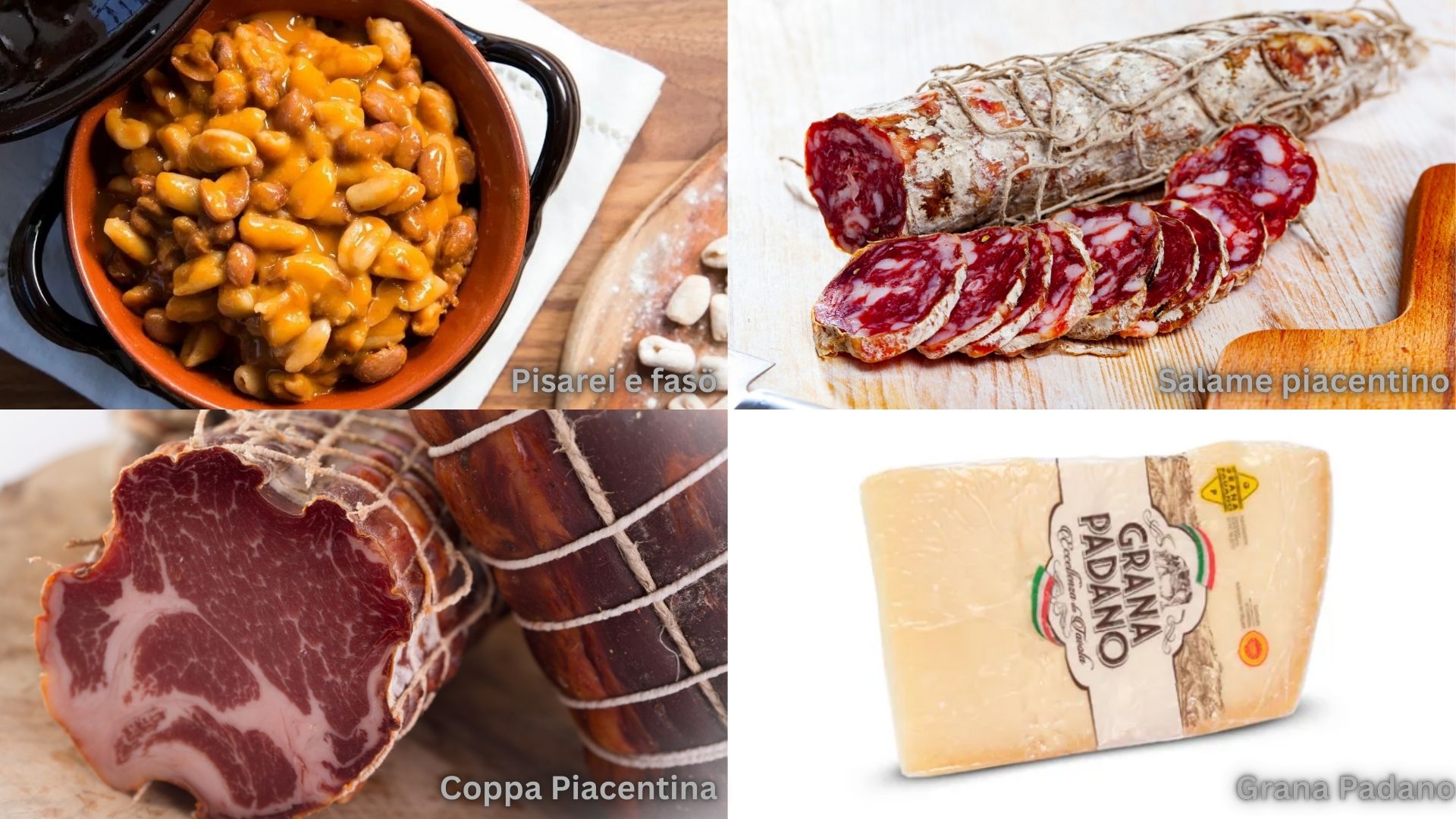
The Pursuit of Health and Relaxation
Beyond its culinary treasures, Piacenza provides wonderful opportunities to rejuvenate body and mind. I found the city’s pace perfectly suited for mindful exploration and wellness.
The surrounding countryside offers peaceful walking trails through vineyards and rolling hills. One morning, I took a bicycle along the Po River path, breathing in fresh air while enjoying spectacular views of the landscape.
Several thermal spas near Piacenza harness the region’s natural mineral waters. I spent an afternoon at one of these retreats, enjoying treatments that follow centuries-old traditions.
The city’s historic center itself promotes wellness through its walkable design. Strolling from piazza to piazza, I connected with the city’s rhythm while getting exercise without even trying.
For a complete wellness experience, I recommend visiting the local farmers’ markets where you can gather fresh, seasonal produce directly from nearby farms.
Frequently Asked Questions
Piacenza’s art scene holds many treasures waiting to be discovered by curious travelers. These hidden gems range from small galleries to stunning street art and historical landmarks that reveal the city’s rich cultural heritage.
Galleria Ricci Oddi houses an impressive collection of 19th and 20th century Italian art that many visitors overlook. I was amazed by their collection of works by Antonio Fontanesi and Giovanni Fattori when I visited last year.
The Collegio Alberoni contains a surprising art collection, including Botticelli’s “Madonna and Child” and works by Luca Giordano. This former seminary is often missed by tourists but offers guided tours that provide fascinating historical context.
Studio C Contemporary Art offers rotating exhibitions featuring emerging local artists. Their small but thoughtfully curated space showcases innovative works that connect traditional techniques with modern concepts.
Attend vernissages (exhibition openings) at galleries like Spazio Rosso Tiziano, where you’ll meet local artists and collectors. I’ve had wonderful conversations about Piacenza’s artistic heritage while enjoying regional wines at these events.
Visit during the “Piacenza Jazz Fest” when art installations often appear throughout the city, creating a unique blend of visual and musical experiences. Local cafés also display works by regional artists during this time.
Consider joining a guided tour led by local art students from the Academy of Fine Arts. These passionate guides share insights about both famous works and hidden artistic details throughout the city that you might otherwise miss.
The Besurica neighborhood features several striking contemporary murals created during recent urban renewal projects. My favorite piece depicts local agricultural heritage with vibrant colors and bold lines.
Check out the underpasses near Piazzale Roma where local artists have transformed concrete spaces into colorful narratives about Piacenza’s history. These works change periodically, so each visit offers something new.
The area surrounding the old industrial zone near Via Emilia Pavese contains impressive large-scale murals. These works often address social and environmental themes while beautifying previously overlooked spaces.
Bottega d’Arte Metalli on Via San Siro showcases stunning metalwork created using centuries-old techniques. The artisan, Marco, welcomes visitors to watch his process and creates everything from decorative pieces to practical homewares.
Visit Ceramiche Artistiche in the historic center, where three generations of a family produce hand-painted ceramics. I purchased a beautiful serving platter with traditional Piacentini designs that always reminds me of my trip.
Paper artisan Giulia Rossi creates handmade marbled papers and bookbinding works in her small studio near the cathedral. She offers workshops where you can learn basic techniques and create your souvenir.
The Oratory of San Cristoforo contains remarkable 14th-century frescoes that few tourists ever see. Located down a quiet side street, this small chapel’s artwork provides a glimpse into medieval religious art in the region.
Palazzo Farnese’s lesser-known archaeological museum houses exquisite Roman mosaics discovered during local excavations. These intricate pieces show the sophisticated artistic culture that existed in this area centuries ago.
The Church of San Savino contains stunning 12th-century floor mosaics depicting the zodiac signs. I recommend visiting early morning when the light streams through the windows, making the ancient tiles glow.
May brings the “Piacenza in Fiore” festival. Here, art installations blend with floral displays throughout the historic center. Artists create temporary works celebrating the connection between nature and creativity.
September’s “Festival del Diritto” includes art exhibitions exploring themes of justice and society. These thought-provoking installations appear in unexpected places across the city, creating dialogue between art and civic life.
During December, the “Presepi in Mostra” exhibition showcases artistic nativity scenes created by local artisans. The creativity displayed in these traditional yet innovative works highlights the region’s continuing artistic heritage.

